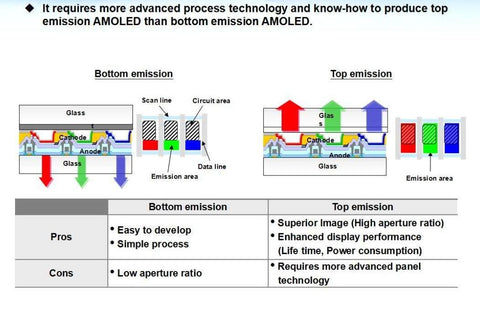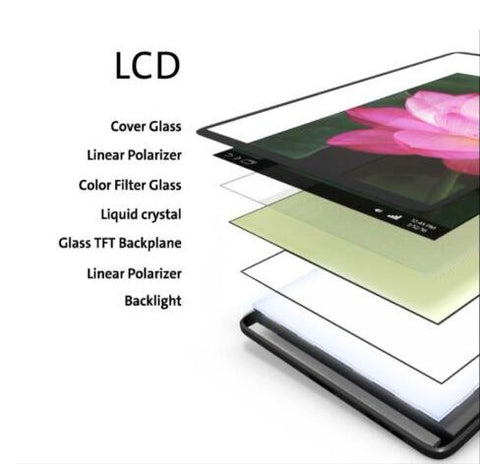What is AMOLED?
The full name of AMOLED is Active Matrix Organic Light Emitting Diode, and the core is still LED. Although LEDs are also common in daily life, in the screen, the size of each LED is very small, and is divided into three sub-pixels of red, green and blue, and then through the combination of different colors, and the arrangement of sub-pixels Will directly affect the entire display effect.

What is LCD?
The full name of LCD is Liquid Crystal Display, and the way it emits light is very different from that of AMOLED screens. Unlike AMOLED screen pixels that can emit light independently, all pixels of an LCD screen need to rely on a unified backlight layer to emit light. Of course, for some large-size LCD screens used on TVs, multiple light sources may also be equipped to reduce power consumption.

The difference between AMOLED screen and LCD screen
First, the light-emitting principle of AMOLED screens is different from that of LCDs. LCD screens are illuminated by a light-emitting template, which is composed of lamp beads. In theory, the more lamp beads, the higher the brightness. AMOLED is self-luminous, which means that the brightness is not as good as LCD.
Second, because AMOLED is self-luminous for pixels, it does not emit light at all when displaying black, which can save power to a certain extent. And because of the self-luminous nature of the pixels, AMOLED screens will not leak light. The light leakage phenomenon occurs because the backlight template of the LCD screen was not completed when it was repackaged.
The third is the issue of thickness. AMOLED screens are lower in thickness than LCD screens because they do not have the burden of backlight templates. This means that mobile phones can be thinner and the screen shape can be changed. For example, Samsung’s curved screens are actually AMOLED. Screen. The screen can be made into a flexible screen without a backlight module.
